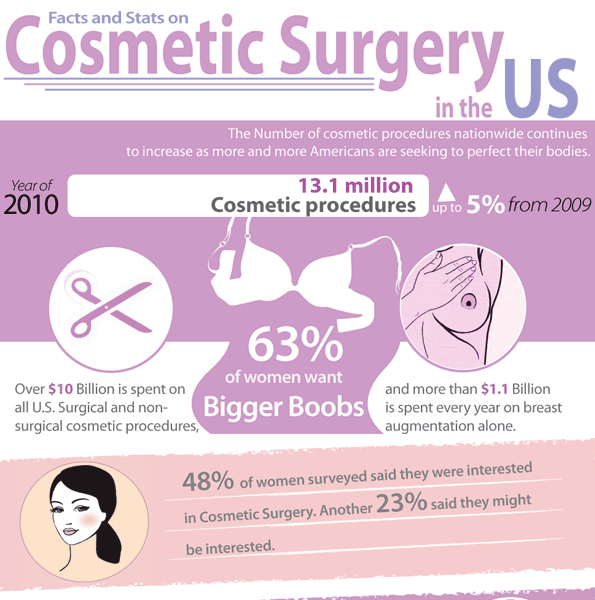Hormonal acne is identified by clogged up pores and oily skin that usually appears on the chin and jawline. It takes place when hormone changes trigger swelling and bacterial overgrowth within hair follicles.
Breakouts may appear as whiteheads, blackheads, papules or pustules and cysts or nodules in much more serious situations. It is a lot more typical in teenagers undergoing the age of puberty yet can influence grownups of any kind of age.
What Creates Hormone Acne?
While acne can be brought on by a selection of variables, consisting of making use of hair and skin treatment items that aren't oil-free or made with active ingredients that can obstruct pores, hereditary proneness, diet regimen,2 and stress and anxiety, the origin is rising and fall hormonal agents. Hormone acne happens when the body experiences hormone modifications and changes that result in an overproduction of sebum, which causes inflammation, increased growth of bacteria and changes in skin cell task.
Hormone acne is usually located on the reduced jawline, cheeks and neck however can appear anywhere on the body. It is defined by blemishes that are cystic, unpleasant and filled with pus or other material. It is additionally more probable to take place in ladies than guys, particularly during puberty, the menstruation, maternity or menopause.
Age
While lots of youngsters experience acne eventually during the age of puberty, it can remain to pester grownups well into adulthood. Known as hormone acne, this kind of breakout is tied to fluctuations in hormonal agents and is normally most typical in women.
Hormonal acne takes place when oil glands generate excessive sebum, which clogs pores and traps dead skin cells. This brings about the development of acnes, such as whiteheads, blackheads and papules, pustules, cysts or nodules, deep under the surface area.
This sort of acne frequently causes discomfort, inflammation and inflammation. It may additionally be intermittent and appear around the very same time monthly, such as right before your period begins. This is since levels of women hormones like progesterone and oestrogen fluctuate with each menstruation.
Menstruation
Hormonal acne commonly shows up in the lower part of your face, along the jawline and cheeks, as whiteheads, blackheads or inflammatory acnes (acnes and cysts). It's most likely to show up around the time when your menstrual cycle adjustments.
Particularly around ovulation, when estrogen and progesterone levels get on the increase, hormone variations can trigger outbreaks. However it's also feasible to obtain acne at any factor during your 28-day menstrual cycle.
If you see that your hormonal acne flare right prior to your period, attempt discovering when exactly this takes place and see if it relates to the stages of your 28-day menstrual cycle. This will certainly assist you pinpoint the origin of your skin troubles. As an example, you may want to service balancing your blood sugar level and eliminating high-sugar foods, or consider a prescription medicine like spironolactone that can regulate your hormonal agents.
Pregnancy
Expanding a baby is a time of remarkable hormonal modifications. For many females, this includes a flare-up of hormone acne. This kind of outbreak usually starts in the very first trimester, around week 6. It's triggered by hormonal agent surges that boost sebaceous glands to make even more oil, which can block pores and create more microorganisms to build up.
Outbreaks may additionally occur as a result of pre-existing problems like polycystic ovary syndrome, which can likewise be an issue during pregnancy and menopause. Additionally, some kinds of contraceptive pill (such as Ortho Tri-Cyclen and YAZ) can set off hormone acne in some women.
The good news is, many acne therapies are "no-go" for pregnant ladies (including prominent acne-fighting active ingredients such as isotretinoin and spironolactone). But if you can not avoid those frustrating bumps, your doctor may suggest oral erythromycin or cephalexin, skinlab which are risk-free while pregnant.
Menopause
As women come close to menopause, the estrogen levels that triggered their hormonal agent acne to flare up throughout the age of puberty begin to support and lower. At the same time, nevertheless, a spike in androgens (additionally known as male hormones) takes place because these hormonal agents can not be converted into estrogen as successfully as in the past.
The excess of androgens can activate oil manufacturing by the sebaceous glands, which blocks pores. When the clogged up pores become irritated and aggravated, a pimple types.
Hormone acne is commonly seen on the face, particularly around the chin and jawline, however it can take place on the neck, back, shoulders, or chest. This kind of acne often tends to flare up in a cyclical pattern, similar to the menstruation. Stress, which enhances cortisol and tosses hormonal agents out of balance, also contributes to the outbreaks.
